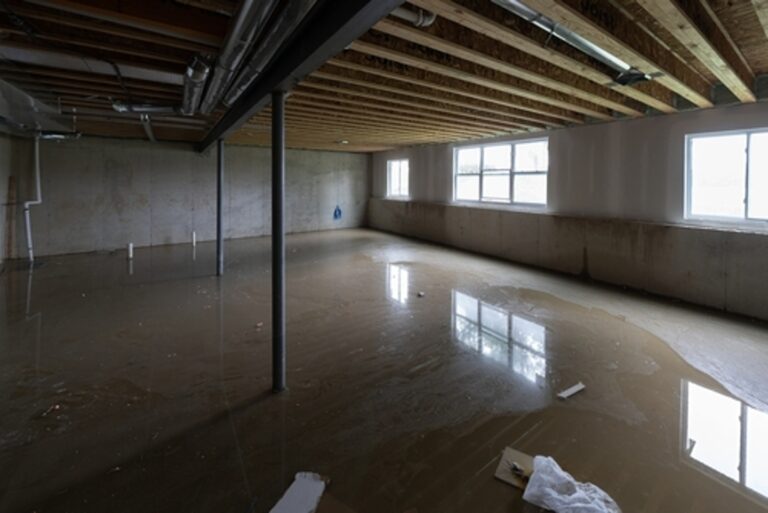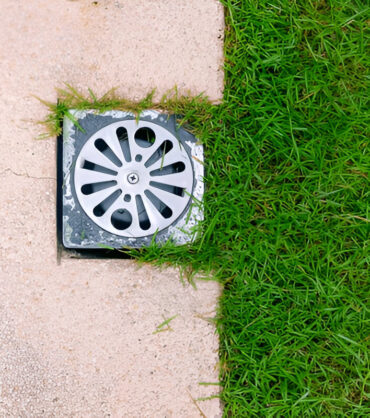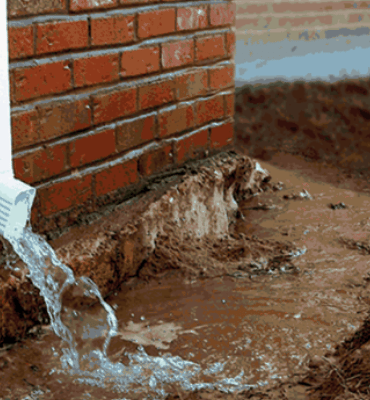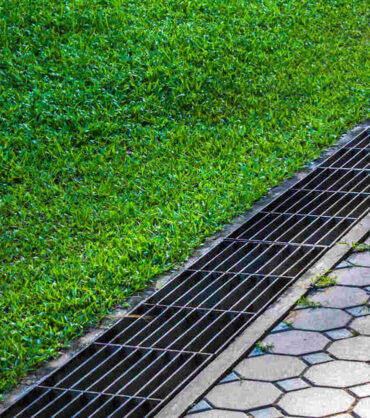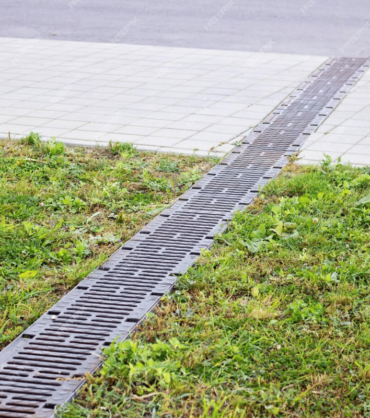Understanding and Preventing Common Causes of Basement Flooding
Learn how to prevent basement flooding by addressing poor drainage, grading issues, sump pump failure, foundationcracks, and gutter maintenance. Protect your home from water damage.
Poor Drainage Systems
Basement flooding can be a nightmare for homeowners, and poor drainage systems are a major cause of this problem. When rainwater is not properly directed away from the foundation of a home, it can seep into the basement, causing damage to the structure and potentially leading to mold and mildew issues.
One common issue with poor drainage systems is the presence of standing water around the foundation of a home. This can occur when gutters are clogged and overflow, or when the grading of the land is improperly sloped towards the house. When water is allowed to pool around the foundation, it increases the likelihood of seepage into the basement.
To prevent basement flooding caused by poor drainage systems, homeowners should make sure their gutters are clean and properly functioning. Regular maintenance and cleaning of gutters can help ensure that rainwater is directed away from the home, rather than pooling around the foundation.
In addition, it’s important to make sure that the grading of the land around the home slopes away from the foundation. This can help prevent standing water from accumulating near the house and reduce the risk of basement flooding due to poor drainage systems.
By addressing these issues and maintaining a properly functioning drainage system, homeowners can significantly reduce the risk of basement flooding and the damage it can cause to their homes.
Improper Grading of Land
Improper grading of land is a common cause of basement flooding. When the land around a house is not properly graded, it can lead to water flowing towards the foundation instead of away from it. This can result in water seeping into the basement, causing potential damage to the property.
One way to prevent this issue is to ensure that the land surrounding the house is properly sloped away from the foundation. This can help to direct rainwater and melting snow away from the basement, reducing the risk of flooding. It is important to regularly inspect the grading of the land and make any necessary adjustments to ensure that it remains effective in directing water away from the foundation.
In addition to grading, it is also important to consider the installation of proper drainage systems such as downspouts and gutters. These can help to further direct water away from the foundation and prevent basement flooding. Regular maintenance of these systems is crucial to ensure that they continue to function effectively.
It is also important to be aware of any signs of basement flooding, such as dampness or moisture in the basement. Addressing any issues as they arise can help to prevent more serious problems from occurring in the future.
By taking steps to ensure proper grading of land and maintaining effective drainage systems, homeowners can greatly reduce the risk of basement flooding caused by improper land grading.
Sump Pump Failure
One of the common causes of basement flooding is sump pump failure. When a sump pump fails, it is unable to effectively remove water from the sump pit, leading to water overflow and potential flooding in the basement. This can occur due to a power outage, mechanical failure, or sump pump overload.
To prevent sump pump failure, it is essential to regularly maintain and test the sump pump. This includes ensuring that the pump is properly connected to a power source, checking for any signs of wear or damage, and clearing the sump pit of any debris. Additionally, having a backup power source, such as a battery-powered sump pump or a generator, can help mitigate the risk of sump pump failure during power outages.
It is also important to monitor the water level in the sump pit and ensure that the pump is able to effectively remove water when needed. If the sump pump appears to be struggling or making unusual noises, it may be a sign that it is at risk of failing and requires immediate attention.
By taking these preventative measures, homeowners can reduce the risk of sump pump failure and potential basement flooding, protecting their property and belongings from water damage.
Foundation Cracks and Leaks
One of the common causes of basement flooding is foundation cracks and leaks. When the foundation of a house develops cracks, it becomes vulnerable to water seepage. These cracks can be caused by various factors such as settling of the soil, tree roots, or poor construction. If left untreated, these cracks can lead to serious water damage in the basement.
It is important to regularly inspect the foundation of your home for any signs of cracks or leaks. Look for any visible cracks or holes in the walls and floors. If you notice any, it is essential to address them immediately to prevent water from entering your basement.
Leaking foundations can also be caused by hydrostatic pressure, which occurs when the soil surrounding the foundation becomes saturated with water. This pressure can force water into the basement through any cracks or weak points in the foundation. Installing a proper drainage system around the foundation can help alleviate this pressure and prevent water from leaking into the basement.
Another effective way to prevent foundation cracks and leaks is to ensure proper gutter maintenance. Clogged gutters can cause water to overflow and accumulate around the foundation of the house, leading to water damage and potential foundation problems. Regularly cleaning and inspecting the gutters can help prevent this issue.
Overall, addressing foundation cracks and leaks is crucial in preventing basement flooding. Regular maintenance, proper drainage systems, and prompt repairs are key in protecting your home from water damage.
Inadequate Gutter Maintenance
Common Causes of Basement Flooding and How to Prevent Them Inadequate Gutter Maintenance
One of the common causes of basement flooding is inadequate gutter maintenance. When gutters become clogged with leaves, debris, and other obstructions, water can overflow and seep into the foundation of the house. This can lead to water damage and flooding in the basement, especially during heavy rainstorms.
Regular inspection and cleaning of gutters can prevent this issue. Make sure to clear out any debris and ensure that the gutters are functioning properly. Installing gutter guards can also help prevent clogs and reduce the need for frequent maintenance.
It’s important to ensure that gutters are properly installed and sloped to direct water away from the foundation. Improperly installed or sagging gutters can cause water to pool near the foundation, increasing the risk of basement flooding.
In addition to regular maintenance, it’s important to inspect the downspouts and ensure they are directing water at least 5-10 feet away from the foundation. This can help prevent water from saturating the soil around the foundation and reduce the risk of water seeping into the basement.
Preventative Measures for Inadequate Gutter Maintenance
Regularly clean and inspect gutters to remove debris and ensure proper drainage.
Install gutter guards to prevent clogs and reduce the need for frequent maintenance.
Ensure gutters are properly installed and sloped to direct water away from the foundation.
Inspect and extend downspouts to direct water at least 5-10 feet away from the foundation.
| Preventive Measure | Description |
|---|---|
| Clean and Inspect Gutters | Regularly remove debris and ensure proper drainage. |
| Install Gutter Guards | Prevent clogs and reduce the need for frequent maintenance. |
| Properly Install Gutters | Ensure gutters are sloped to direct water away from the foundation. |
| Inspect and Extend Downspouts | Direct water at least 5-10 feet away from the foundation. |

